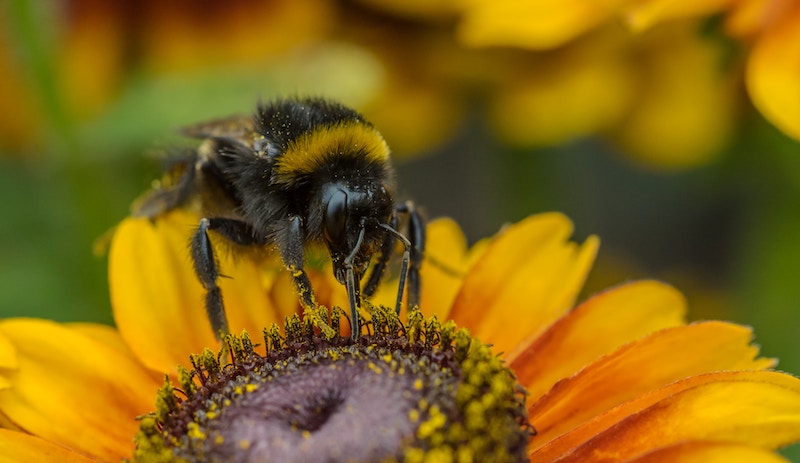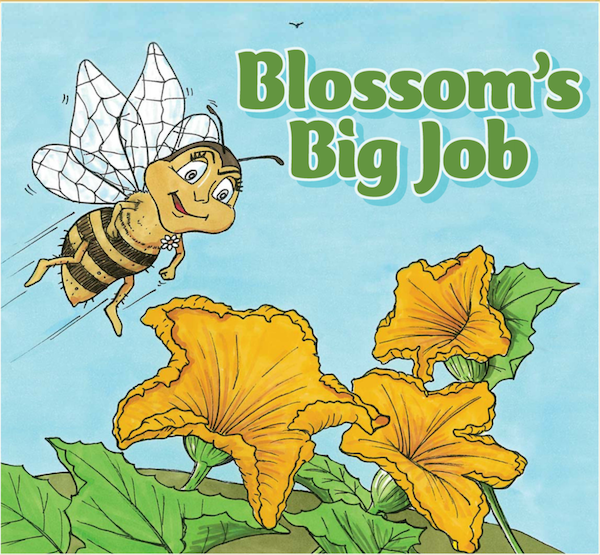
One out of every three bites of food that we eat is made possible by pollinators.
Without pollinators like butterflies, hummingbirds, beetles, mason bees and honey bees, Canadian farmers and gardeners would struggle to grow enough food for our plates.
Can you imagine a world without apples, pumpkins, watermelons, plums, raspberries, tomatoes or even cotton, which your clothing and bed sheets are made from? That’s a world without pollinators!
And as a special gift for joining our mailing list, we are offering a FREE digital copy of Agriculture in the Classroom Canada’s newest illustrated children’s book, Blossoms Big Job, all about the importance of pollination for our food crops. Follow Blossom on her all about one of nature’s most fascinating insects, bees!
Join our mailing list below to unlock access!
Canada is home to hundreds of bee species of all sizes.
Some bees live above ground, some below. They can survive almost everywhere, except in polar regions (Arctic and Antarctic) or at high altitudes. There are over 20,000 species of bees in the world, but today we are interested in the honey bee!
For several years now, scientists have been puzzled by the sudden decline in bee populations across the world. Scientists suspect a combination of parasites, pesticides and infections have contributed to declining bee health.
We can all do our part to support the bees!
Try planting bee-friendly flower varieties in your garden at home or at school. Even a tiny flower pot or patch can provide important pollinator food and habitat. Plant a succession of flowering plants that last from spring through fall to support a range of bee and pollinator species.
Late spring to early summer:
Chives / Clarkia / Clover / Dianthus / Larkspur / Lupine / Osteospermum / Pea / Poppy / Alyssum / Viola
Mid-season:
Bachelor’s Button / Basil / Black-eyed Susan / Gaillardia / Asclepias / Calendula / Echinacea / Cosmos / Dill / Feverfew / Foxglove / Monarda / Portulaca / Squash, pumpkin / Thyme / Coreopsis / Yarrow / Verbena / Petunia / Nasturtium / Nicotiana / Snapdragon
Late season:
Asters / Dahlia / Cleome / Marigold / Salvia / Scabiosa / Sunflower / Zinnia
Also, be sure to choose local Canadian honey, too, which will support our honey bees and their beekeepers!
Growing inside without the help of bees for pollination?
Find out how you can help pollination in your indoor garden with our free resource on pollinating tomatoes, peppers, beans or peas!

